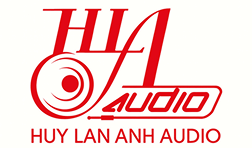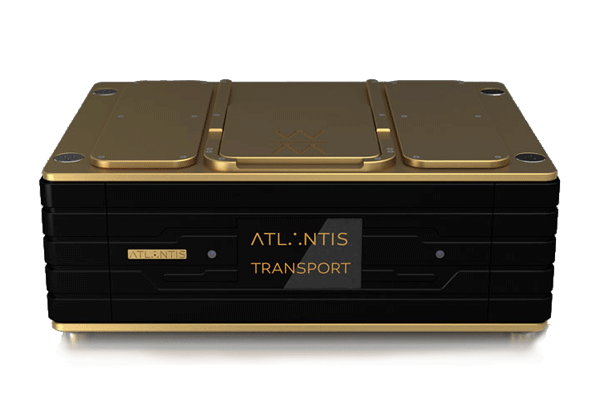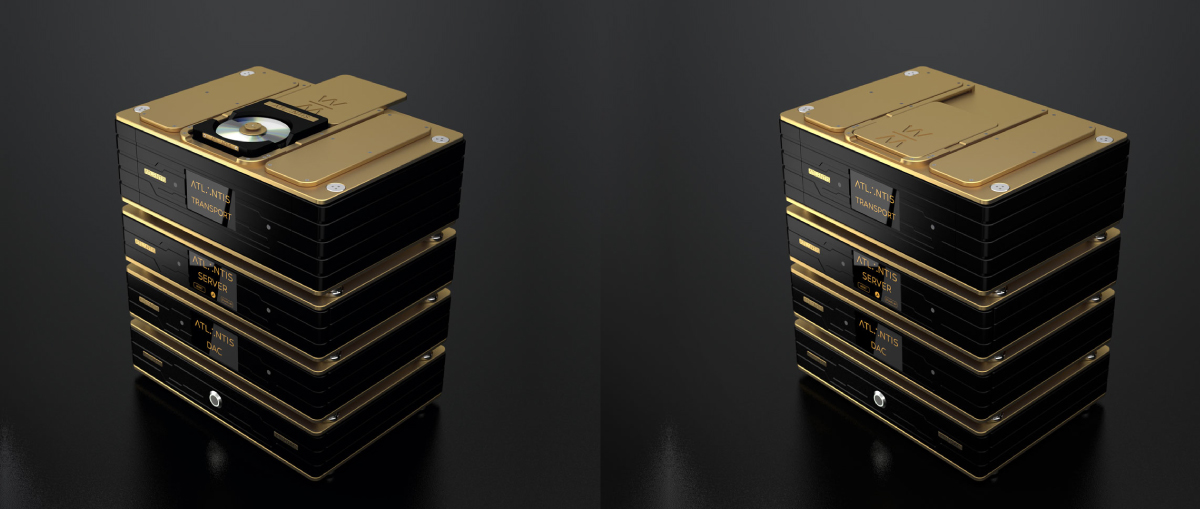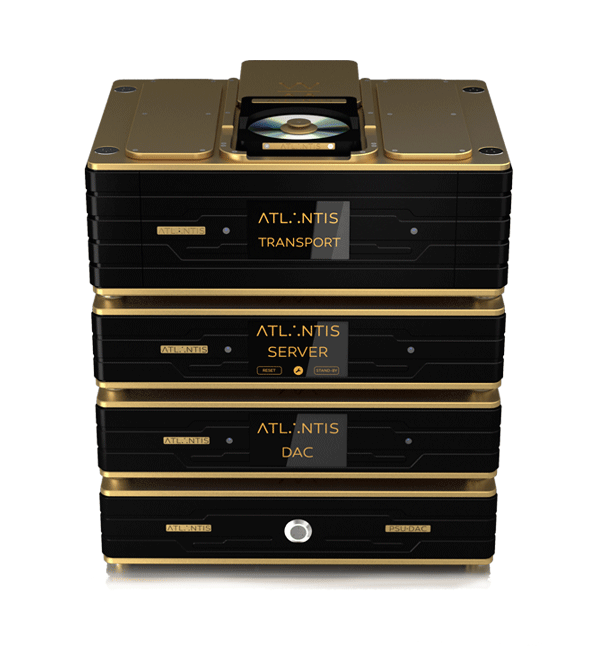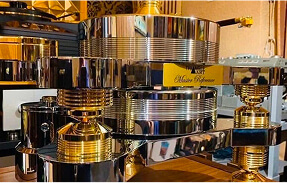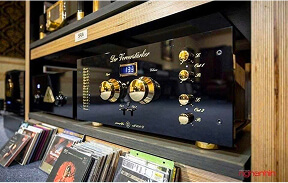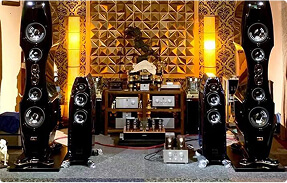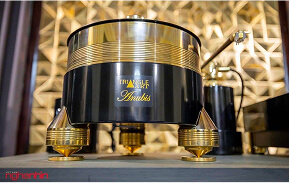To have a full control of data readout, a proprietary optical mechanism have been designed. It's name is Thor and its the most elaborate and sophisticated optical pick-up mechanism ever designed. Thor was developed in over 15 months of intensive R&D, involving state-of-the-art FEA (Finite Element Analysis) simulation techniques. FEA can predict the multi-disciplinary behavior and minimize sensitivity to vibrations, electromagnetic emissions, mechanical stability and how they interact between each other. FEA is usually applied in the most sophisticated industrial designs, like airplane wings, Formula 1 cars, etc.
Some of the advantages are:
1. Predictable mechanical influence from the environment to the delicate optical pickup. Optical pickup should be immune from mechanical vibration.
2. Mechanical vibrations: In a CD or SACD, rotation speed is constantly changing. This generates a collateral effect. Vibrations needs to be routed away from the pickup as quickly as possible and damped in their way out. This optimisation solution is done by FEA.
3. Induced static charge build-up: A CD is made of policarbonate (plastics). It stores static charge transferred to it. When you play a CD, the static charge starts to spin too. Lenz's Law states that any charge in motion creates a electromagnetic wave. This wave radiates right on top of the optical block to the electrical photodiode. The use of FEA minimises this effect by re-routing such unwanted induced currents away from the critical areas by design.
